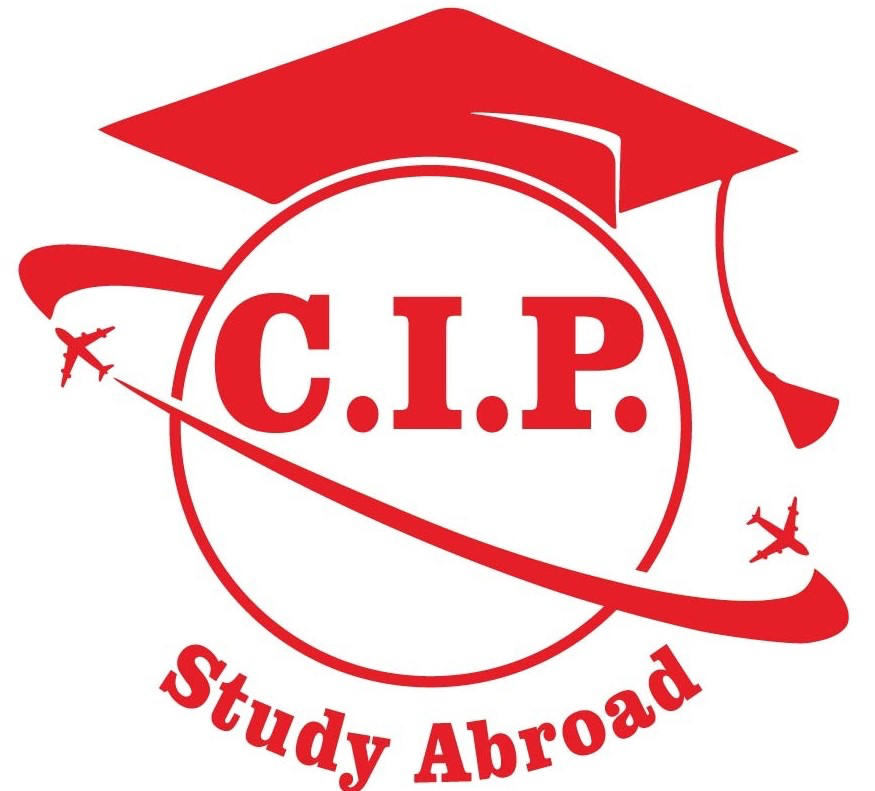
- August 9, 2024
- CIP
- 0
Categories Managed by Express Entry
- Federal Skilled Worker Program (FSWP)
- Designed for skilled workers with foreign work experience.
- Applicants are assessed based on factors such as age, education, work experience, and language ability in English or French.
- A minimum score of 67 out of 100 on the FSWP points grid is required to be eligible.
- Federal Skilled Trades Program (FSTP)
- For skilled tradespeople with work experience in a skilled trade.
- Requires a valid job offer or a certificate of qualification in the skilled trade issued by a Canadian authority.
- Candidates must meet minimum language proficiency and have at least two years of full-time work experience in the trade.
- Canadian Experience Class (CEC)
- Targets individuals with at least one year of skilled work experience in Canada within the last three years.
- Language proficiency in English or French is required.
- No job offer is needed, and it is suitable for temporary foreign workers and international students who have graduated and worked in Canada.
- Provincial Nominee Program (PNP)
- Provinces and territories in Canada can nominate individuals through Express Entry who meet their specific labor market needs.
- Being nominated by a province significantly increases a candidate’s chance of receiving an Invitation to Apply (ITA) for permanent residence.
Priority Occupations
The priority occupations in Canada typically reflect the country’s labor market needs in various sectors. Here’s a closer look at some of the key priority sectors and occupations within them:
1. Information Technology (IT)
Canada has a strong demand for IT professionals, driven by the growing tech industry. Key occupations include:
- Software Engineers and Designers: Develop, design, and maintain software systems.
- Computer Programmers and Interactive Media Developers: Write, modify, and test computer code.
- Information Systems Analysts and Consultants: Analyze and evaluate information systems, providing technical advice.
- Database Analysts and Data Administrators: Develop and implement data management strategies.
- Network Technicians: Install, maintain, and repair network infrastructure.
2. Healthcare
The healthcare sector is crucial, with ongoing needs for skilled professionals, particularly due to an aging population:
- Registered Nurses and Registered Psychiatric Nurses: Provide direct care and administer treatment plans.
- Physicians and Specialists: Diagnose and treat illnesses, perform surgeries, and provide preventive care.
- Pharmacists: Dispense medications and counsel patients on drug use.
- Medical Laboratory Technologists: Conduct laboratory tests and analyses.
- Licensed Practical Nurses: Provide basic nursing care under the supervision of registered nurses.
3. Skilled Trades
Skilled trades are essential for various infrastructure and industrial projects, with high demand across Canada:
- Electricians: Install, maintain, and repair electrical systems and equipment.
- Plumbers: Install and repair plumbing systems.
- Welders: Join metal parts using welding equipment.
- Carpenters: Build and repair structures made of wood and other materials.
- Heavy-Duty Equipment Mechanics: Repair and maintain heavy machinery.
4. Agriculture and Agri-Food
The agriculture sector plays a vital role in Canada’s economy, with needs ranging from fieldwork to food processing:
- Farm Managers and Workers: Oversee and participate in farming operations.
- Agricultural Technologists and Technicians: Conduct research and support agricultural production.
- Food Processing Supervisors: Manage operations in food production facilities.
- Butchers and Meat Cutters: Prepare and package meat products for sale.
- Horticulturists: Cultivate and manage plant production.
Express Entry Process
- Create an Online Profile
- Eligible candidates create an Express Entry profile online, providing details about their skills, work experience, language ability, education, and other relevant information.
- Comprehensive Ranking System (CRS)
- Candidates are ranked in the Express Entry pool using the CRS, which assigns points based on factors such as age, education, work experience, language skills, and adaptability.
- Additional points are awarded for a valid job offer, a provincial nomination, or Canadian education credentials.
- Regular Draws
- The Canadian government conducts regular draws from the Express Entry pool, inviting candidates with the highest CRS scores to apply for permanent residence.
- Invitation to Apply (ITA)
- Candidates who receive an ITA have 60 days to submit a complete application for permanent residence, including supporting documents.
- Processing and Decision
- The application is processed by Immigration, Refugees and Citizenship Canada (IRCC), and most complete applications are processed within six months.
- Permanent Residence
- Approved candidates and their accompanying family members receive Confirmation of Permanent Residence (COPR) and can move to Canada to live and work permanently.
Benefits of Express Entry
- Efficiency: Express Entry significantly reduces processing times for skilled immigration applications.
- Transparency: Candidates can see their CRS scores and know where they stand in the pool.
- Flexibility: The system allows candidates to improve their scores through additional work experience, language tests, or provincial nominations.
The Express Entry system is a key component of Canada’s immigration strategy, helping to attract skilled workers who can contribute to the country’s economy and fill labor market needs.








